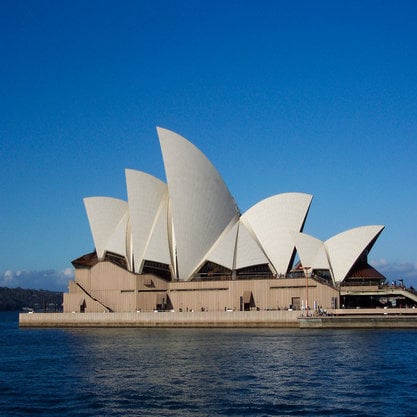Article
Cotton, Olive (1911–2003) By Philp, Angela
Article
Olive Cotton was one of Australia’s leading 20th-century photographers. She became a skilled observer of nature, incorporating both the principles of Pictorialism and modernism into her work. Developing an early interest in photography after receiving Box Brownie for her eleventh birthday, Cotton took pictures and experimented throughout her years of formal education. She joined the Sydney Camera Club and the Photographic Society of NSW in 1929 where she met photographers including Harold Cazneaux. Graduating with a BA from the University of Sydney in 1934, she joined Max Dupain’s photographic studio that same year as an assistant and managed the studio from 1942–1945 during his absence on war service. By the late 1930s she had developed her own style, using nature and still life in carefully composed studies of light and form. With a keen interest in the natural world, she found beauty in the landscape, particularly the smaller details of plants and flowers. She combined this with her interest in the scientific structure underlying nature, an interest sparked by her father, a geologist. She took a long time to wait for, or experiment with, the right light for a composition, enabling her to create intimate studies of the patterns, seasons, and fragility of nature.

